Synthesising compounds asymmetrically has obvious advantages – scientists don’t have to go through the laborious and wasteful process of separating then discarding the ‘wrong’ enantiomer. Huge libraries of compounds can be tested for their ability to catalyse a reaction of interest but determining the enantiomeric excess (ee) of the products is a bottleneck in the process.
So researchers have been developing high-throughput ee screening methods that can analyse samples as quickly as they are generated, ideally at a rate of a thousand or more per day.
Eric Anslyn and colleagues explore this topic in their Chem Soc Rev critical review, specifically focusing on optical methods. Download the review to find out about the advantages and drawbacks of a variety of techniques.
Also of interest:
Discrimination of flavonoids and red wine varietals by arrays of differential peptidic sensors
Alona P. Umali, Sarah E. LeBoeuf, Robert W. Newberry, Siwon Kim, Lee Tran, Whitney A. Rome, Tian Tian, David Taing, Jane Hong, Melissa Kwan, Hildegarde Heymann and Eric V. Anslyn, Chem. Sci., 2011, 2, 439-445











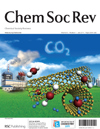
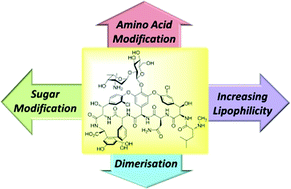 This fascinating topic is covered by Polly-Anna Ashford and
This fascinating topic is covered by Polly-Anna Ashford and 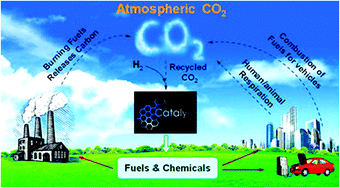 In the
In the 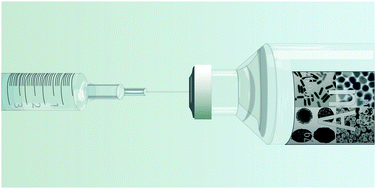


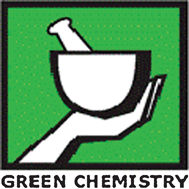 Concern for our planet and its well being is forcing chemists to think about greener, more sustainable processes to make the things we need and want, such as new technologies, fuels and drugs.
Concern for our planet and its well being is forcing chemists to think about greener, more sustainable processes to make the things we need and want, such as new technologies, fuels and drugs.

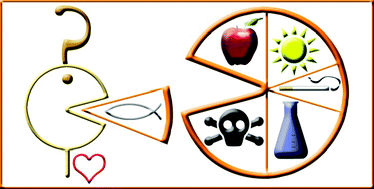 Your hair can reveal a lot about you – what you’ve eaten, where you live, what you’ve been exposed to and how healthy you are.
Your hair can reveal a lot about you – what you’ve eaten, where you live, what you’ve been exposed to and how healthy you are.